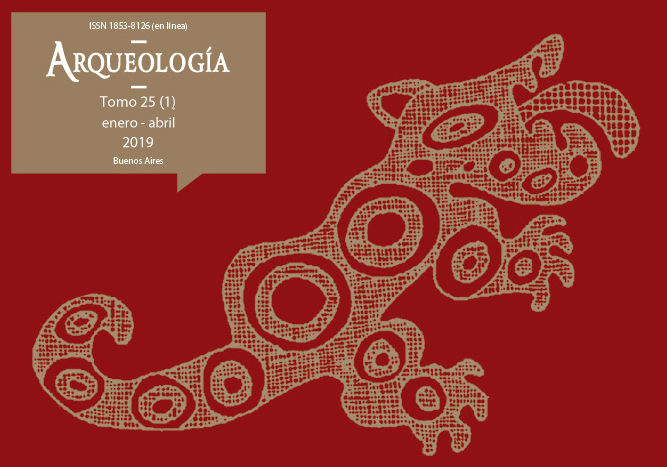The study of the ancient Greek theatrical performance from material sources: painting on vessels from the 5th and 4th centuries B.C.
Keywords:
Theater, Classic, Greece, Painting, Vessels
Abstract
In this article, we analyze the “theatrical” paintings depicted on artifacts used in daily or ritual activities. We believe that these artifacts constitute an important material source from which we can study ancient Greek theatrical performance. These pictorial representations are not always clear or univocal, and often one cannot determine whether or not they are related to the theater. The issue is complicated, especially by another feature of these paintings: often what is painted is not the theatrical representation, as one would see it on stage, but rather what the play represents, that is, a representation of reality, the dramatic illusion. With this in mind, and after reviewing a number of general characteristics associated to the theater and its socio-cultural context, we will define; first, what a “theatrical painting” is, and then we will study these paintings taking into account the different ways in which comedy and tragedy are represented. Finally, we will move from the analyzed paintings to engage with theatrical spectacle and what characterizes it.Downloads
Download data is not yet available.
Published
2019-02-01
How to Cite
Reznik, C. (2019). The study of the ancient Greek theatrical performance from material sources: painting on vessels from the 5th and 4th centuries B.C. Arqueología, 25(1), 203-220. https://doi.org/10.34096/arqueologia.t25.n1.6013
Section
Articles
Copyright (c) 2019 Carolina Reznik

This work is licensed under a Creative Commons Attribution-NonCommercial-ShareAlike 4.0 International License.
Authors who publish in this journal agree to the following conditions:
- Authors retain copyright and yield to the journal right of first publication with the work registered with attribution license Creative Commons, which allows third parties to use the published always mentioning the authorship of the work and first publication in this magazine.
- Authors can make other independent and additional contractual arrangements for the non-exclusive distribution of the version of the article published in this issue (p. Eg., Inclusion in an institutional repository or publish it in a book), provided that clearly indicate that the work was published for the first time in this magazine.
- It allows and encourages the author / s to publish their work online (eg institutional or personal pages) before and during the process of revision and publication, as it can lead to productive exchanges and greater and more rapid dissemination of work published (See The Effect of Open Access).





(1)13.png)






1.jpg)
1.jpg)


13.png)
1.png)


(1)1.png)









